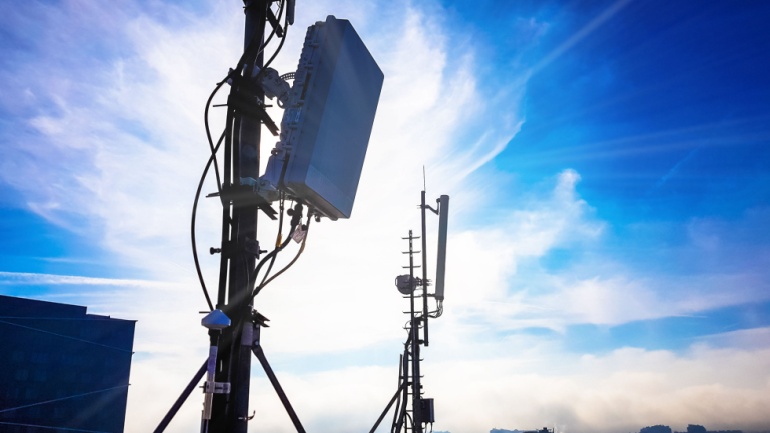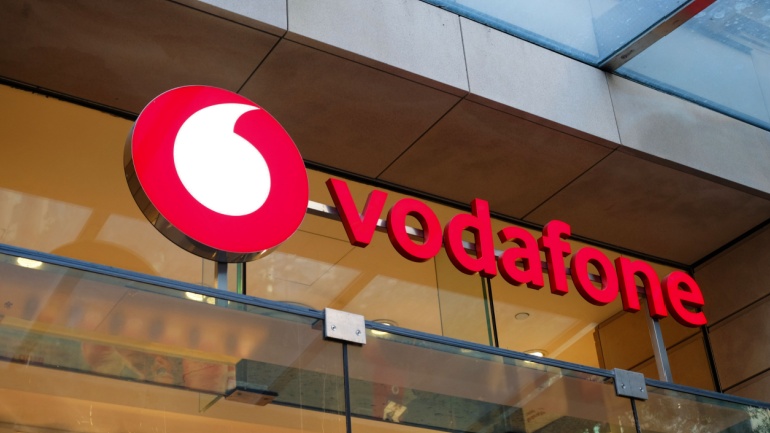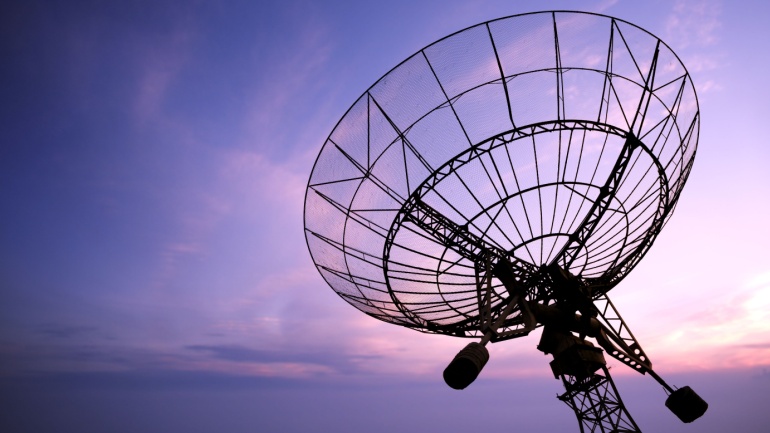Orange and MásMóvil have officially sealed their merger deal, marking a significant development in Spain’s telecom sector. The joint venture, which holds equal shares from both companies, is poised to become a dominant force in the market. Despite the completion of the merger, the new entity is still without a definitive name, leaving industry observers speculating on its future identity.
In a strategic move aimed at bolstering its foothold in the competitive telecommunications arena, US telecom giant AT&T has unveiled its Internet Air service for business customers, marking a significant shift in its approach to 5G fixed-wireless access (FWA).
The Federal Communications Commission (FCC) has breathed new life into a stalled initiative aimed at extending 5G network coverage to America’s rural areas. The rejuvenated program, named the 5G Fund for Rural America, seeks to allocate $9 billion over the next decade to bring 5G connectivity to 14 million homes and businesses in regions currently overlooked by operators due to financial impracticalities.
Virgin Media O2, a leading British broadband and mobile operator, in collaboration with its shareholder Liberty Global, has embarked on a pioneering venture with the introduction of its Smart Pole Trial. This innovative project sees the deployment of 4G and 5G-capable smart poles across the UK, aimed at enhancing mobile network coverage and capacity significantly.
In a notable development, Vodafone has agreed to sell its operations in Italy to Swisscom, the Swiss telecommunications giant, for €8 billion, marking a significant shift in its business strategy. This sale is part of a broader effort by Vodafone to restructure its operations across Europe, aiming for a stronger, more focused presence in growing markets.
Telecom leaders discussed the challenge of monetizing 5G. Vodafone’s ‘The Great British Telecoms Switch’ campaign offers BT customers savings and compensations to switch providers. A Pew Research Center survey found U.S. teens have a complex relationship with smartphones. Verizon’s report shows a 129% rise in mobile network traffic over 5 years. Iliad aims to become the fifth-largest mobile operator in Europe by 2024.
In a bold move that underscores its commitment to leading the UK’s fibre optic expansion, CityFibre has acquired Lit Fibre, a smaller but significant player in the market. This strategic acquisition is set to boost CityFibre’s reach by an additional 300,000 premises, signaling a significant step in its quest to become the nation’s third major infrastructure platform, alongside giants like Virgin Media O2 and Openreach.
In a significant move for Spain’s telecom sector, the Spanish government has officially sanctioned the merger between Orange and MasMovil, following the European Union’s approval last month. This decision paves the way for the creation of Spain’s largest telecom operator, marking the culmination of a deal valued at approximately €18.6 billion.
In a significant move to ensure the smooth transition of landline services to Voice over Internet Protocol (VoIP), the UK government has announced an expansion in the roster of telecommunications companies committed to safeguarding vulnerable customers. The initiative, led by the Department for Science, Innovation and Technology (DSIT), now includes Openreach, CityFibre, and several others, alongside initial participants like BT and Virgin Media O2.
Deutsche Telekom and the satellite company Viasat have recently enhanced in-flight internet connectivity for flights to and from Cyprus by activating three new ground stations. These stations are part of an expansion that strengthens the European Aviation Network (EAN) in the Eastern Mediterranean, bringing the total to 300 ground network antenna sites across Europe.













